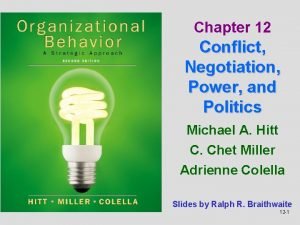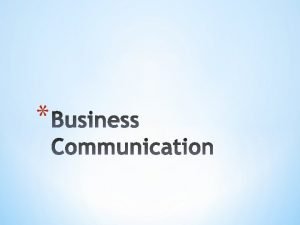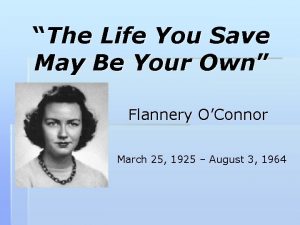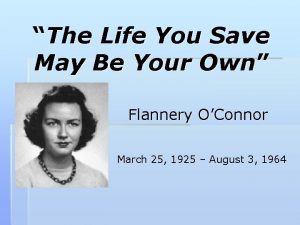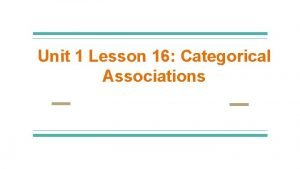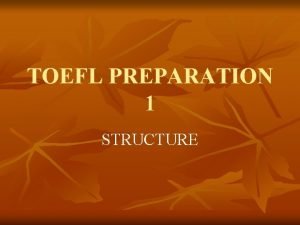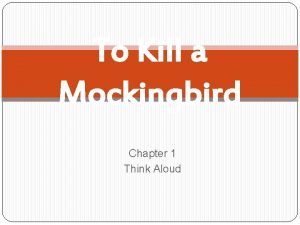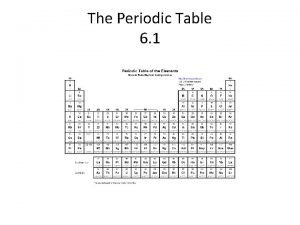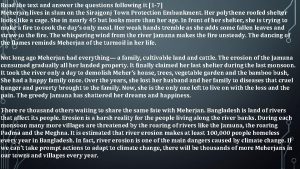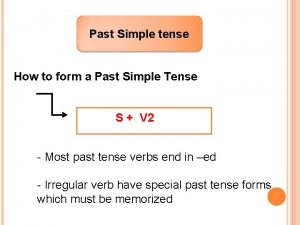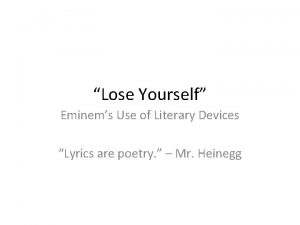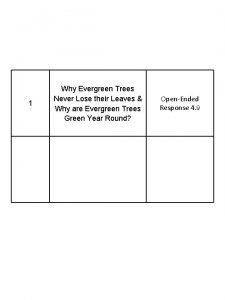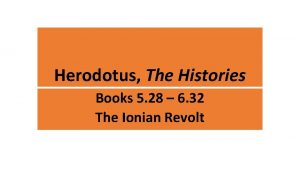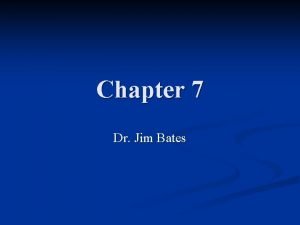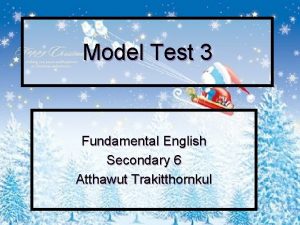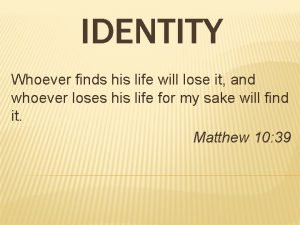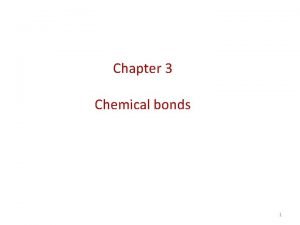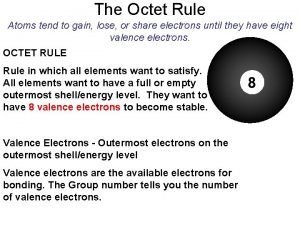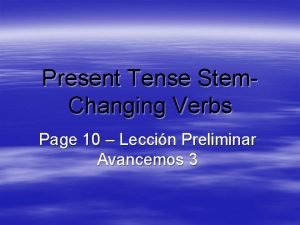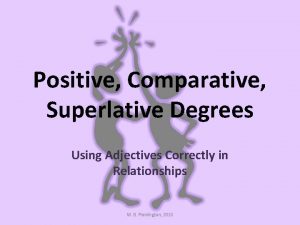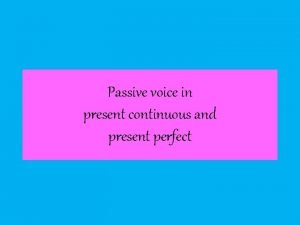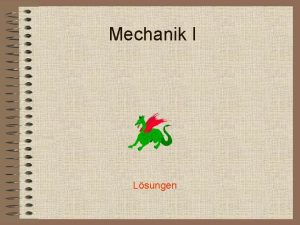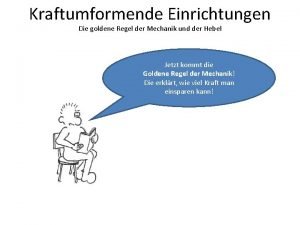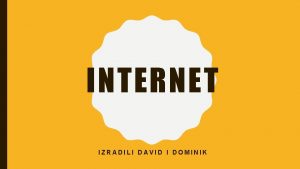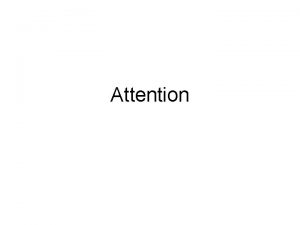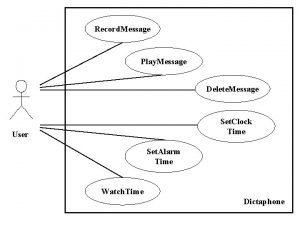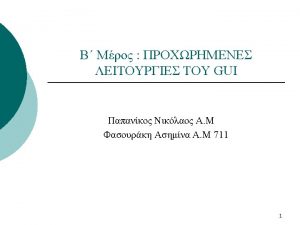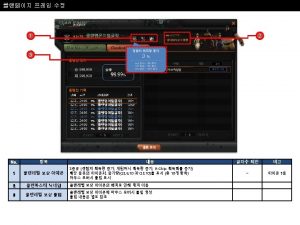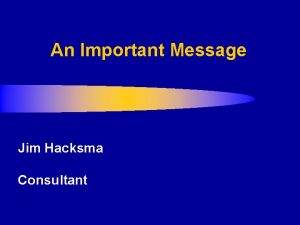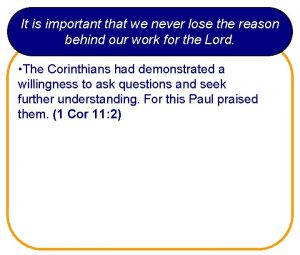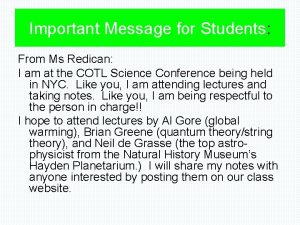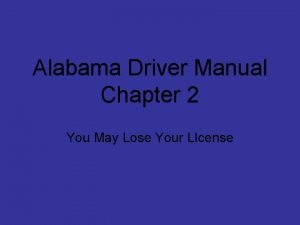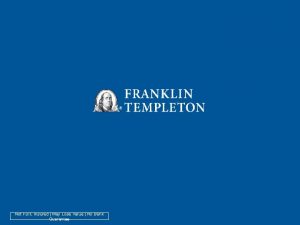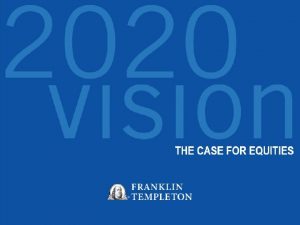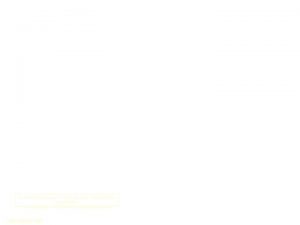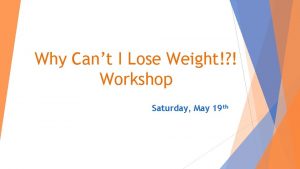IMPORTANT MESSAGE STUDENTS MAY LOSE IMPORTANT DATA ON



















































- Slides: 51


IMPORTANT MESSAGE • STUDENTS MAY LOSE IMPORTANT DATA ON THEIR i. PADS IF THIS ACTION IS NOT TAKEN!!!!!!!! • Please take a few moments today to have your students go to the App Store on their i. Pads, check their Updates, and if they have an update for "Agent" (the blue shield), they MUST update it! • Thank YOU!! Tyler Dean • MISD Mobile Device Technician

HAPPY BIRTHDAY TAJ!! 4/24

Bell Ringer • 1. Read & highlight/underline the Notes sheet 16. 1 be able to answer simple questions. • 2. Answer the 2 example simple math problems on the back using the information in the table.

Question 2 • 1 p+ = 1. 6 *10 -19 C • 30 p+ = ? • 30 p+ = 30 (1. 6 *10 -19 ) C • Ans: 4. 8 *10 -18 C

Question 2 • 1 p+ = 1. 6 *10 -19 C • 30 p+ = ? • 30 p+ = 30 (1. 6 *10 -19 ) C • Ans: 4. 8 *10 -18 C

Bell Ringer •

Bell Ringer •

Bell Ringer •

Bell Ringer •

Question 2 • 1 p+ = 1. 6 *10 -19 C • 30 p+ = ? • 30 p+ = 30 (1. 6 *10 -19 ) C • Ans: 4. 8 *10 -18 C

Electric Charge, Field Lines and Coulomb’s Law

Objectives • We will • describe how the magnitude of the electrical force between two objects depends on their charges and the distance between them (5 C) • characterize materials as conductors or insulators based on their electrical properties (5 E) • I will participate in a class discussion & complete a worksheet to describe electric charge & force in Coulomb’s law

Agenda • Discussion: – Electric charge – Electric field lines – Electric Force ( Coulombs Law) • worksheet • Reading Guide

Notebook Set Up • Brand new page – Title Page: Unit 16 Electricity • Behind title page – Reading Guide • Next new page ( Back & front) – Bell Ringer’s 6 th 7 weeks (4/18 - 6/1) • Next page – 16. 1 Electric Charge Notes

Review Questions

19 -1 Electric Charge The electrons in an atom are in a cloud surrounding the nucleus, and can be separated from the atom with relative ease.

Nucleus - - n + + n - - Negative Neutral Atom Positive Atom Numberof ofelectrons><=Numberof ofprotons Number of electrons Number of protons -19 -2 e = -3. 2 x 10 CC +2 e = +3. 2 x 10 -19

Two types of charge: Positive Charge: A shortage of electrons. Negative Charge: An excess of electrons. Conservation of charge – The net charge of a closed system remains constant.

19 -1 Electric Charge All electrons have exactly the same charge; the charge on the proton (in the atomic nucleus) has the same magnitude but the opposite sign:

19 -1 Electric Charge The effects of electric charge were first observed as static electricity: After being rubbed on a piece of fur, an amber rod acquires a charge and can attract small objects.

19 -1 Electric Charge Charging both amber and glass rods shows that there are two types of electric charge; like charges repel and opposites attract.

19 -1 Electric Charge When an amber rod is rubbed with fur, some of the electrons on the atoms in the fur are transferred to the amber: This is called charging by induction.

Charge by Induction A conductor can be charged by induction Ex. Van der Graaf generator https: //www. youtub e. com/watch? v=3 VY Mps. Ererg

Charging scotch tape • If you stick a piece of invisible tape down on table and pull it up quickly, it becomes charged.

19 -1 Electric Charge Some materials can become polarized –This is how a charged object can attract a neutral one.


19 -2 Insulators and Conductors Conductor: A material whose conduction electrons are free to move throughout. Most metals are conductors. Insulator: A material whose electrons seldom move from atom to atom. Most insulators are non-metals.


Electric Forces Like Charges - Repel F + + Unlike Charges - Attract - F F + F

Electric Field Lines

19 -5 Electric Field Lines Electric field lines are a convenient way of visualizing the electric field. Electric field lines: 1. Point in the direction of the field vector at every point 2. Start at positive charges or infinity 3. End at negative charges or infinity 4. Are more dense where the field is stronger

19 -5 Electric Field Lines The charge on the right is twice the magnitude of the charge on the left (and opposite in sign), so there are twice as many field lines, and they point towards the charge rather than away from it.


19 -5 Electric Field Lines Combinations of charges. Note that, while the lines are less dense where the field is weaker, the field is not necessarily zero where there are no lines. In fact, there is only one point within the figures below where the field is zero – can you find it?

19 -5 Electric Field Lines A parallel-plate capacitor consists of two conducting plates with equal and opposite charges. Here is the electric field:

Electric field lines The electric field is always perpendicular to the surface of a conductor – if it weren’t, the charges would move along the surface.

19 -6 Shielding and Charge by Induction The electric field is stronger where the surface is more sharply curved.

Coulomb’s Law – Gives the electric force between two point charges. Inverse Square Law k = Coulomb’s Constant = 9. 0 x 109 Nm 2/C 2 q 1 = charge on mass 1 q 2 = charge on mass 2 r = the distance between the two charges The electric force is much stronger than the gravitational force.

Two charges are separated by a distance r and have a force F on each other. F q 2 q 1 F r How does increasing the distance affect the Force How does decreasing the distance affect the force: Decreases F Increases F How does increasing the charge, q 1 or q 2 affect the F? Increases F

Example 1 Two charges are separated by a distance r and have a force F on each other. F q 2 q 1 F r If r is doubled then F is : ¼ of F If q 1 is doubled then F is : 2 F If q 1 and q 2 are doubled and r is halved then F is : 16 F

Bell Ringer • Do Example 1 on your worksheet. • Hint: look back at the examples from last class

Review Question • Two charges are separated by a distance r and have a force of 20 N on each other. If the distance is halved what is the new force? F q 2 q 1 r • A. 80 N B. 20 N C. 160 N D. 40 N F

Review Question • F= 20 N • r, is halved ½ ……. . Then F x 4 • new force? 20 x 4 = 80 N F q 2 q 1 r • A. 80 N B. 20 N C. 160 N D. 40 N F

Objective • We will calculate how the magnitude of the electrical force between two objects depends on their charges and the distance between them ( 5 C) • I will complete a worksheet using coulombs law & Electric field formulas

FORMULAS Electric Force Electric Field Strength Important Info 100 cm = 1 m e- = -1. 6 x 10 -19 p+ = +1. 6 x 10 -19 k = 9. 0 x 109 Nm 2/C 2 1 µm = 10 -6 m

Example 1 How many electrons make up a charge of -30μC ? (1μC = 10 -6 C)

Example 2 Two electrons are 4. 2 x 10 -2 m apart. What is the force between the two charges? e- e- 4. 2 x 10 -2 m

= ? (4. 2 x 10 -2 )2 e- e- 4. 2 x 10 -2 m

= ? (4. 2 E-2 )2 e- e- 4. 2 x 10 -2 m

= 1. 31 x 10 -25 N (4. 2 x 10 -2 )2 e- e- 4. 2 x 10 -2 m
 Lose-win the doormat
Lose-win the doormat Win win win lose lose lose
Win win win lose lose lose Win-win win-lose lose-lose
Win-win win-lose lose-lose Habit 4 think win win summary
Habit 4 think win win summary Example of a lose lose situation
Example of a lose lose situation May lose value
May lose value Not fdic insured may lose value
Not fdic insured may lose value Not fdic insured may lose value
Not fdic insured may lose value May lose value
May lose value Why was rizal called the champion of filipino students?
Why was rizal called the champion of filipino students? What is the process of exchanging messages
What is the process of exchanging messages The life you save may be your own irony
The life you save may be your own irony The life you save may be your own irony
The life you save may be your own irony Hci patterns may or may not include code for implementation
Hci patterns may or may not include code for implementation Newspaper article format
Newspaper article format Inverted pyramid in news writing
Inverted pyramid in news writing Least important to most important
Least important to most important Rosa collects data on what students
Rosa collects data on what students During the precambrian period toefl
During the precambrian period toefl To kill a mockingbird chapter 1 read aloud
To kill a mockingbird chapter 1 read aloud Sometimes you win some
Sometimes you win some Representative or transition elements
Representative or transition elements Where does meherjan live
Where does meherjan live Past simple lose
Past simple lose Annotating lose yourself lyrics poetry devices
Annotating lose yourself lyrics poetry devices Worden's task of mourning
Worden's task of mourning They say sometimes you win some
They say sometimes you win some Do not grow weary and lose heart
Do not grow weary and lose heart Evergreen trees never lose their leaves
Evergreen trees never lose their leaves My parents never stop quizzing me
My parents never stop quizzing me 余綺芳
余綺芳 R alliteration
R alliteration Lose the blubber go vegetarian
Lose the blubber go vegetarian Setsman
Setsman Why did the ionians lose the ionian revolt?
Why did the ionians lose the ionian revolt? Why is myrtle wilson upset when she sees tom and jordan
Why is myrtle wilson upset when she sees tom and jordan Why does grover lose his pants
Why does grover lose his pants The winning mentality
The winning mentality N n avogadro
N n avogadro If a ruby is heated it temporarily lose its color
If a ruby is heated it temporarily lose its color Whoever loses his life will find it
Whoever loses his life will find it One should not loose heart even when we faced with .
One should not loose heart even when we faced with . Types of bonds between atoms
Types of bonds between atoms Meherjan is now
Meherjan is now Aluminum chloride charge
Aluminum chloride charge To lose dormir mentir perder sonreír
To lose dormir mentir perder sonreír Positive comparative superlative
Positive comparative superlative Present progressive passive exercises
Present progressive passive exercises Feste rolle
Feste rolle Beispiele für kraftumformende einrichtungen
Beispiele für kraftumformende einrichtungen Dominik to
Dominik to Why do hurricanes lose strength over land
Why do hurricanes lose strength over land

